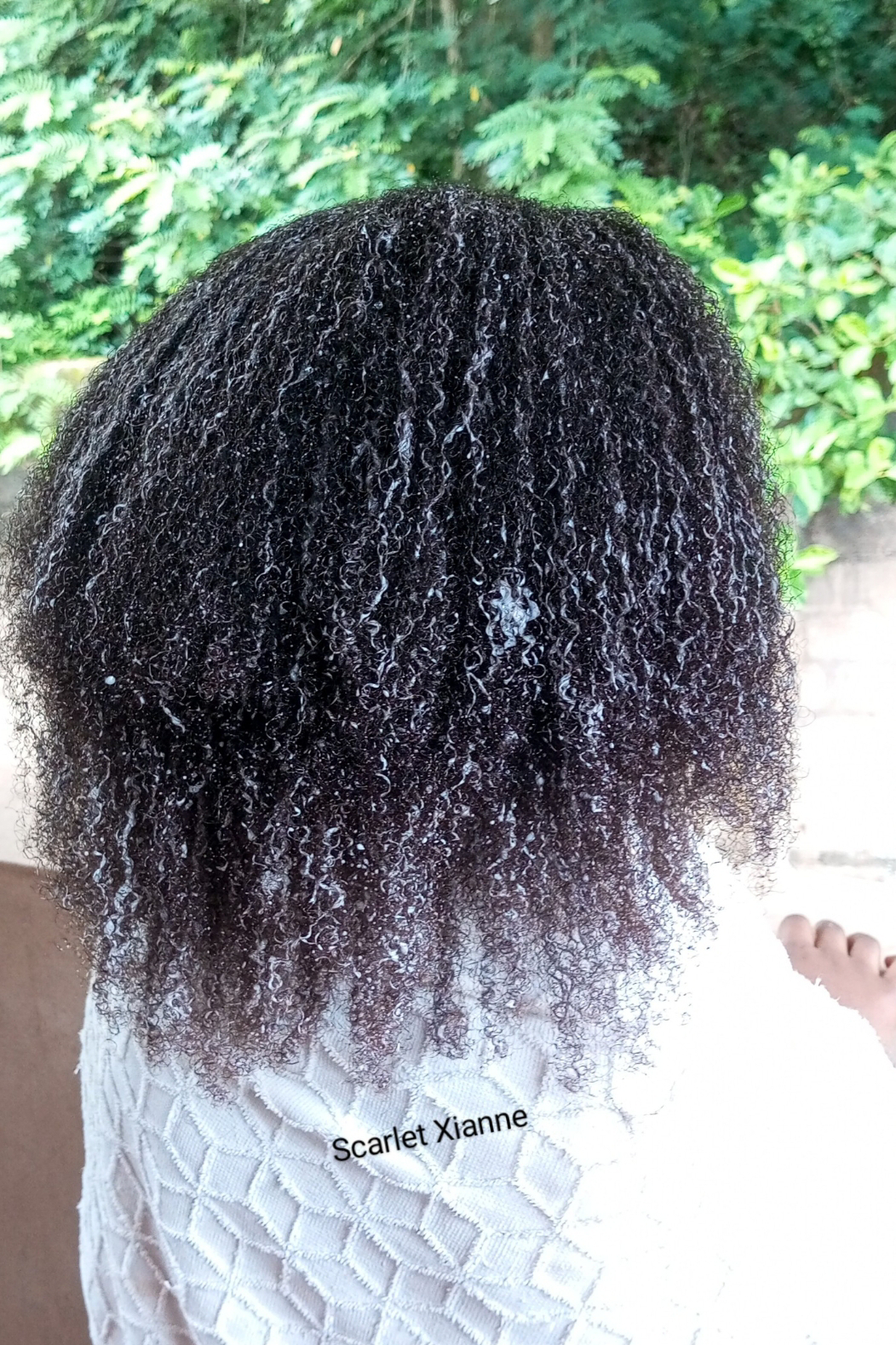Scarlet Xianne
Life Through My Eyes
Oils and Butters: When and How to Use Them on Natural Hair
Gentle Wash Day Routines for Natural Hair
Moisture is Key
Natural Haircare Routine : Easy Guide
Understanding Afro-Textured Hair: First step to caring for your natural hair.
How to Lose Weight Slowly but Sustainably
Quick fixes and extreme diets may promise fast weight loss, but they are rarely sustainable. In many cases, the weight returns just as quickly as it left. The most effective and long-lasting way to lose weight is to do it gradually through consistent, healthy habits that can fit into everyday life.
In this blog post, I'd share practical tips for slow and sustainable weight loss, that have worked for me and that I believe will be helpful to other women navigating work, home responsibilities, and family life in Naija.
1. Understand What Causes Weight Gain
Weight gain happens when the number of calories consumed is greater than the number of calories the body uses. But this balance is affected by many factors, including:
- Eating large portions or frequent high-calorie snacks
- Lack of regular physical activity
- Excess sugar or carbohydrate intake without enough fiber or protein
- Stress and emotional eating
- Poor sleep patterns
Recognizing these triggers helps in making small but lasting changes.
2. Start With Realistic Goals
Instead of focusing on dropping a certain number of kilograms in a few weeks, it is more helpful to aim for long-term goals, such as:
- Eating healthier meals consistently
- Moving more during the week
- Improving energy levels and sleep
Losing 0.5 to 1 kilogram per week is considered safe and sustainable. For many, this means reducing about 500 calories daily through a combination of eating less and moving more.
3. Focus on Local, Balanced Meals
You do not need foreign diet plans to eat healthy. Nigerian foods can support weight loss when prepared and eaten mindfully.
Tips:
- Reduce oil when cooking soups and stews
- Use smaller amounts of swallow and increase vegetable portions
- Limit deep-fried snacks like puff puff, akara, or chin chin to occasional treats
- Include protein in every meal: eggs, beans, fish, chicken, or tofu
- Eat more fiber: vegetables, okra, ugu, garden egg, carrots, and whole grains like oats or brown rice.
4. Practice Portion Control
Portion sizes matter just as much as food choices. Even healthy meals can lead to weight gain if the portions are too large.
Simple strategies:
- Use smaller plates
- Serve food in the kitchen instead of from the pot on the table
- Avoid second helpings unless genuinely hungry
- Eat slowly and chew thoroughly
Eating mindfully helps the body recognize fullness and prevents overeating.
5. Move Your Body Every Day
You do not need a gym membership to stay active.
Simple daily movement ideas:
- Take brisk walks around your compound or street
- Dance to music while cleaning or cooking
- Do short home workouts (10 to 15 minutes is enough to start)
- Use household items like water bottles as light weights
Consistency is more important than intensity. Just 30 minutes of daily activity can support weight loss and improve health.
6. Watch What You Drink
Many drinks are high in sugar but do not make you feel full.
Better choices:
- Replace soft drinks with water, zobo (unsweetened), or lemon-infused water
- Avoid sweetened coffee creamers
- Limit fruit juice or make your own without added sugar
- Drink water before meals to prevent overeating
Drinking more water throughout the day also supports digestion and reduces cravings.
7. Sleep and Stress Matter
Poor sleep and high stress can slow weight loss and increase cravings.
Tips:
- Aim for at least 6 to 7 hours of sleep nightly
- Avoid screens 30 minutes before bedtime
- Find ways to manage stress, such as prayer, journaling, light stretching, or talking to someone
- Avoid skipping meals, which can trigger binge-eating later.
8. Track Progress Beyond the Scale
Weight loss is not just about numbers. Other signs of progress include:
- Clothes fitting more loosely
- Better energy levels
- Improved digestion and skin
- Stronger self-control with food choices
Keeping a food journal or using a simple mobile app can also help stay accountable.
Conclusion
Sustainable weight loss is not about punishment or strict rules. It is about small changes made consistently. Choosing healthier foods, moving a bit more each day, watching portion sizes, and getting enough rest can lead to results that last a lifetime. The goal is not just to lose weight, but to build a lifestyle that supports long-term healthy living.
A Realistic and Simple Skincare Routine for the Beginner
Oils and Butters: When and How to Use Them on Natural Hair
Contrary to popular belief, oils and butters do not moisturize hair. Instead, they: seal in existing moisture from water or a wa...

-
Na wa o! I have been on my natural hair journey for a few years. In 2010, I got geri curls. In 2011, after switching to normal relaxer, I d...
-
Hey guys, how you doing? So I recently made a drawstring ponytail. I've since gotten questions on how I made it. What weave I used? So ...
-
Solitude This is the place I live It's peaceful here The only worries are those I let in No phony friends can find me here Life...
-
So, in my last post I told you guys about my hair challenges and the temptation to relax my hair. Well, I went relaxer shopping and I relax...
-
I visited a salon recently and I was reminded all over again why I hardly ever go to salons. Kai! My hair suffered. I don't even know ...







